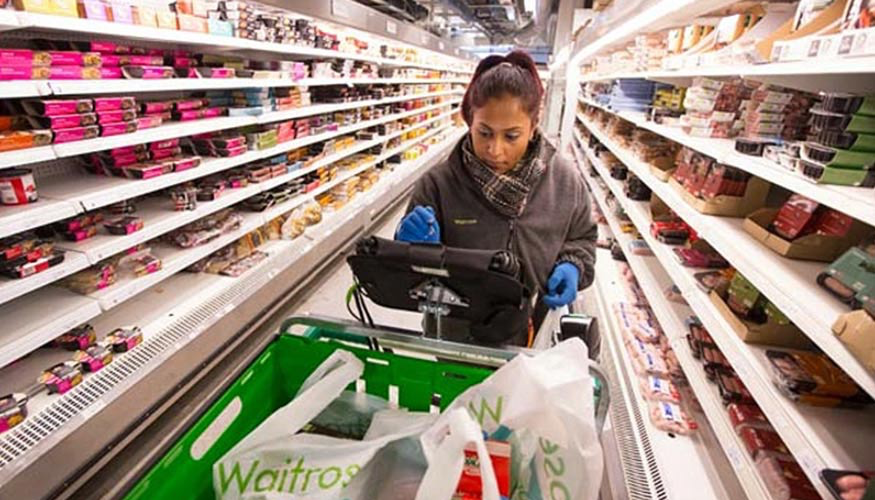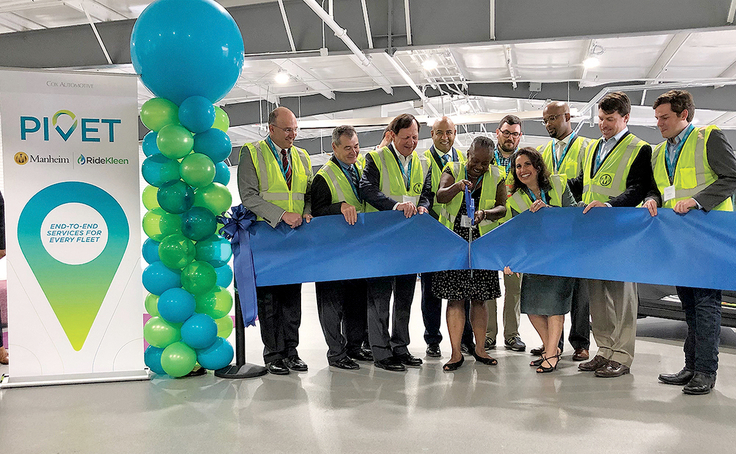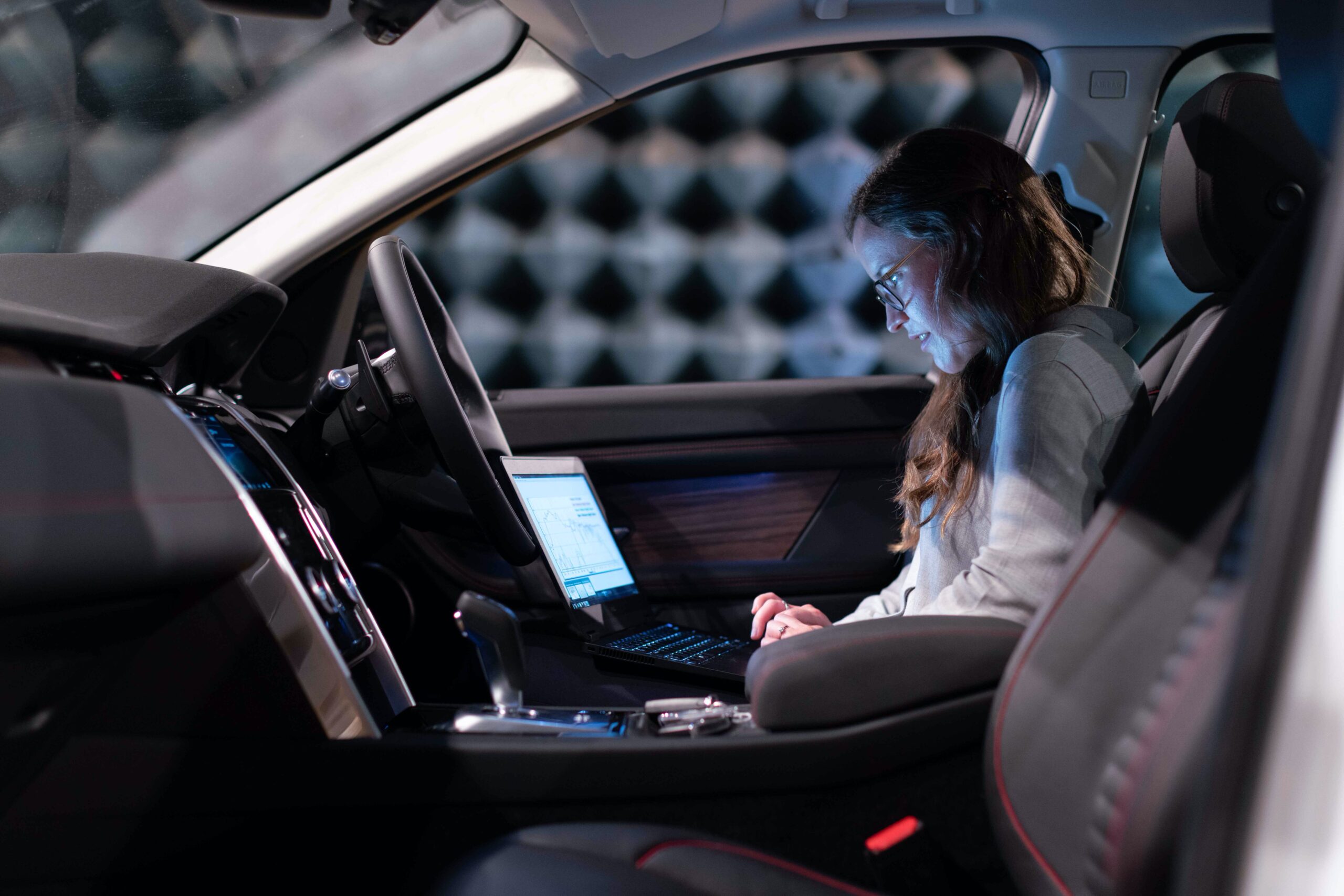Using an app to order your dinner delivered from your favorite restaurant? You just Xaas’d your food, a business that is growing at 25% per year, according to McKinsey. They predict that online deliveries could eventually make up as much as 65% of all food deliveries. Can your favorite restaurant even cook this volume? And does it make sense to cook a meal at a restaurant when the meal ist to be delivered? Apart from the kitchen, the infrastructure to prepare food for delivery is different than the one in a dine-in restaurant. What if – the kitchen could become a service? Some prominent entrepreneurs work on precisely this: Travis Kalanick, Uber’s former CEO, is buying up industrial kitchens and renting them out (per hour? per stove? per meal cooked? I don’t know). His customers are those who need to use a kitchen for a couple of hours to deliver ordered meals: Only pay for what you need; the kitchen as a service, the XaaS of food.

You don’t think this will be big? Apparently, Saudi sheiks believe it will be and already invested $400 million into CloudKitchens, Kalanick’s new venture. Travis is uberizing the backend of the food delivery industry (pun intended)!
The CloudKitchens website lists the sales arguments: Lower real estate costs, more efficient labor, lower CAPEX. When Xaas’ing backend infrastructure, the benefits are the same regardless of the industry: CloudKitchen is to food delivery what WeWork is to office space. And this is a BIG business opportunity for those who get in early on virtualizing backend infrastructures because of the platform effects.

Backend XaaS is happening in many industries. Take supermarkets & retail: They are building “dark stores“ to support their growing online business. These are stores not open to the public but only to own employees or XaaS’d home delivery gig workers who fulfill online orders. Dark stores became necessary after customers started being hindered during their shopping by the increasing number of employees picking online orders. Quite ironic, if you think of it: The dwindling numbers of customers of brick-and-mortar stores are more than replaced by XaaS-workers providing service to the growing number of online customers! According to CNN, some chains are even turning closed stores into dark ones: More backend infrastructure turned into a service.
A little further out, perhaps, but very real, too: Parking garages are a backend infrastructure where people-driven cars can wait while their drivers go about their business. Parking garages will be needed much less once XaaS self-driving car fleets appear (the term “MaaS = Mobility as a Service” has been an official one since 2012, I wouldn’t have thought!). Fleet cars will be shared by many passengers and will, therefore, have much less go-wait-in-a-parking-garage-time. When they are not needed, they can drive themselves to a low-cost location at the edges of cities, away from the expensive downtown real-estate. The beginning of this trend is already visible: Airports traditionally made 20-40% of their revenue from parking fees, taxi permits, and car rental company tenants. However, Uber and Lyft came and changed this by XaaS’ing more and more passengers into using their services instead of own vehicles of their own, taxis, or rental cars.
Consequently, the airports’ car-related revenues started shrinking. To compensate, Airports began charging fees to Uber and Lyft, and at least at L.A. airport, this new revenue more than made up for the lost one. But what about the increasingly empty parking garages and rental car terminals? These infrastructures are in less demand because of the ride-hailing trend, and self-driving cars will need them even less because they will be shared by many! On the other hand, the much harder working fleets of self-driving cars will need much more frequent servicing. And the shared fleets will need regular checking, cleaning, and servicing. And because these vehicles will be mostly electric, they will need locations for the time-consuming charging. Add the above personal self-driving cars needing to go somewhere during standby times, and it becomes clear that airport parking garages and rental car terminals might be in for an exciting second life as XaaS backend infrastructure for self-driving cars!

One early mover in this field is Cox Automotive who provide backend services to the car industry, serving more than 40,000 car dealers worldwide.
A year ago, it created the subsidiary Pivet for end-to-end car fleet services and converted a 35,000 square-foot former auto auction space near Atlanta airport into a purpose-built center offering cleaning, fueling, charging, maintenance, storage, parking and logistics for car fleets. Clients already include – wait for it – Lyft!
We should all think about how technology can enable the virtualizing of assets, be it to create new customer-facing services or to turn investment-heavy backend infrastructures into pay-per-use services. I am very curious to hear your ideas! What is the next industry to be XaaS’d?

